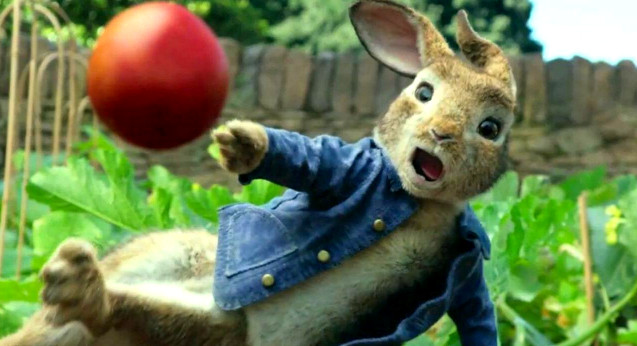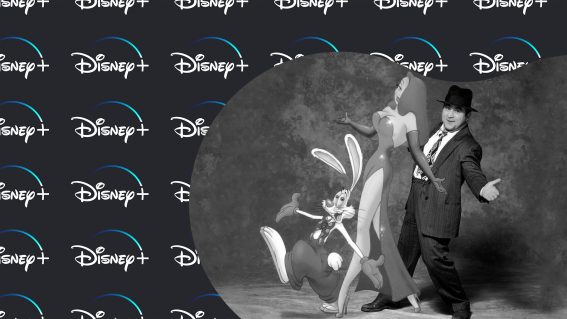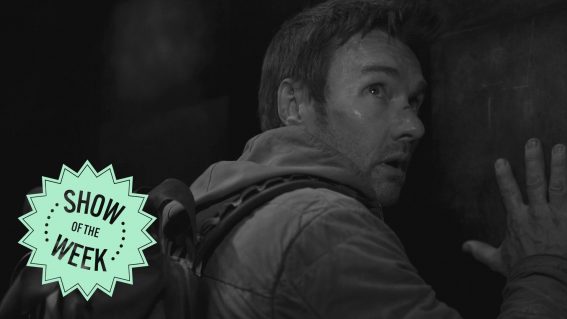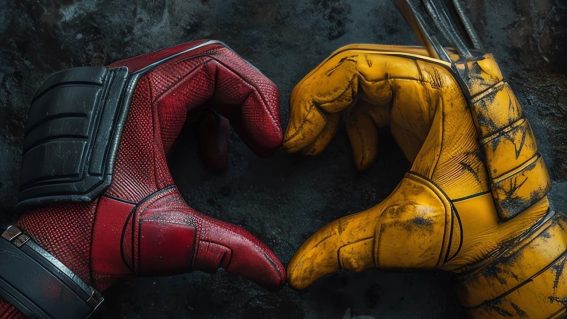The strange case of Peter Rabbit and the misguided fury over ‘allergy bullying’

Before the general public even had a chance to look at the new Peter Rabbit movie, news started making the rounds that the titular big-eared rascal had, true to form, been a very naughty bunny. Controversy emerged, propelled by parents upset with a scene reportedly depicting “irresponsible allergy bullying.” They have launched petitions, called for boycotts and created a stir in the media.
The scene in question is part of a coordinated attack on the film’s villain, Mr. McGregor. He is played by Domhnall Gleeson, in a bouncy style that feels like an explosion of all the things the actor couldn’t do as the repressed General Hux in Star Wars, those pent-up lightsaber fantasies finally played out on the veggie patch. Blueberries are his Achilles heel. The rabbits exploit this, in one hot moment slingshotting a bunch into McGregor’s mouth.
Condemning writer/director Will Gluck, and co-writer Rob Lieber (adapting Beatrix Potter) for #allergygate is like damning Roald Dahl for allowing the monkeys to get the better of their enemies in The Twits. It’s like saying the author was being socially irresponsible for having the the simians outsmart the grubby idiots, constituting cruelty to the poorly educated and dim-witted.
Immediately following the blueberry assault, which sees McGregor collapse to the ground and turn a ghastly shade of white, he retrieves an EpiPen from his pocket and injects himself – immediately returning to health. This man knows his allergies, understands his body’s limitations, and carries around the necessary medicine to restore his vitality.
You could argue this sends a positive message: about cautiousness and self-care. I don’t know what it is like to have a child with a food allergy, but I do know know what it’s like to have a life partner with a medical condition that requires constant monitoring and regular injections. If a food allergy or medical condition isn’t depicted on screen, it still exists in real life. Kids should be reminded that certain health conditions require constant vigilance.
When I came home from a screening of Peter Rabbit and told my partner about the supposedly offensive sequence, she responded: “It’s actually reassuring to hear about a film with a syringe used for health. As a kid I would’ve loved to have seen that.”
Peter Rabbit is also, before we get too carried away, a rambunctious black comedy with a protagonist who behaves like Dennis the Menace on steroids. The humour is hijinx, but it is sweet at heart.
It is also a carnage-strewn film, the characters at war with each other and the film at war with itself. It is a British story told with American sensibilities in Australian locations (the majority shot in Sydney). Sam Neill, a Kiwi, plays a Scot; Rose Byrne, an Australian, plays a Pom. Gluck is clearly conflicted by his decision to film it in CGI-augmented live action, explaining two considerably sized scenes presented in the traditional, hand drawn look.
When a crotchety old farmer played by Neill collapses dead early in the piece, a Run Lola Run-like montage rapidly reveals his heart failure arose not from Peter, but from years of bad diet (another positive message). Once he is out of the picture, a group of now-liberated animals celebrate, trashing his property like the house guests in Luis Buñuel’s The Exterminating Angel – with, at times, a comparable sense of existential dread.
The film is messy in structure, and deploys the most infuriating animated cliché of them all: a song and dance number laced over the closing credits. But it is sharp in scene-by-scene execution, with pockets of visual flair that put fresh spins on very old concepts – such as a riff on the ancient cup and ball routine, with pots instead of cups and a rabbit instead of a ball.
Like Babe: Pig in the City, another (much darker) film from which it draws inspiration, Peter Rabbit does not condescend to young viewers by presenting a world where there are no consequences for your actions. Nor does it pretend (despite an emotionally overwrought ending) that good people stop doing bad things after life lessons have been learned. When new, unwanted owners arrive at the primary location, they get the same Home Alone style treatment from the animals that caused great ruckus and heartache.
Peter Rabbit’s utter disregard for the very idea of tranquility, in even the most serene and/or uneventful looking places, reminded me of Stephan Elliott’s balls to the wall suburban satire Swinging Safari. Both films have a dangerous energy. From that perspective, it’s not a surprise that some controversy ensued.
Find Times & Tickets for ‘Peter Rabbit’













